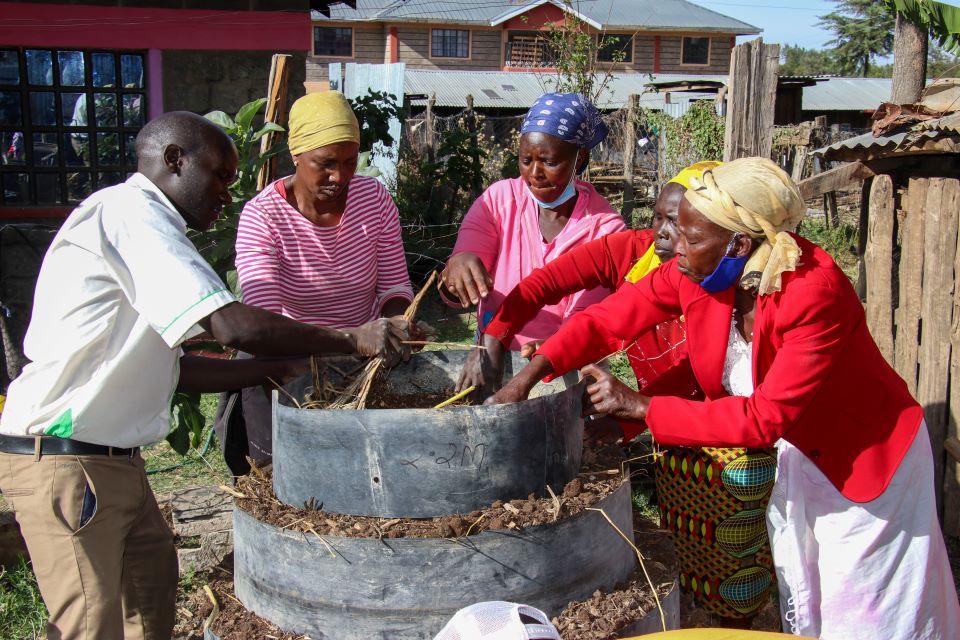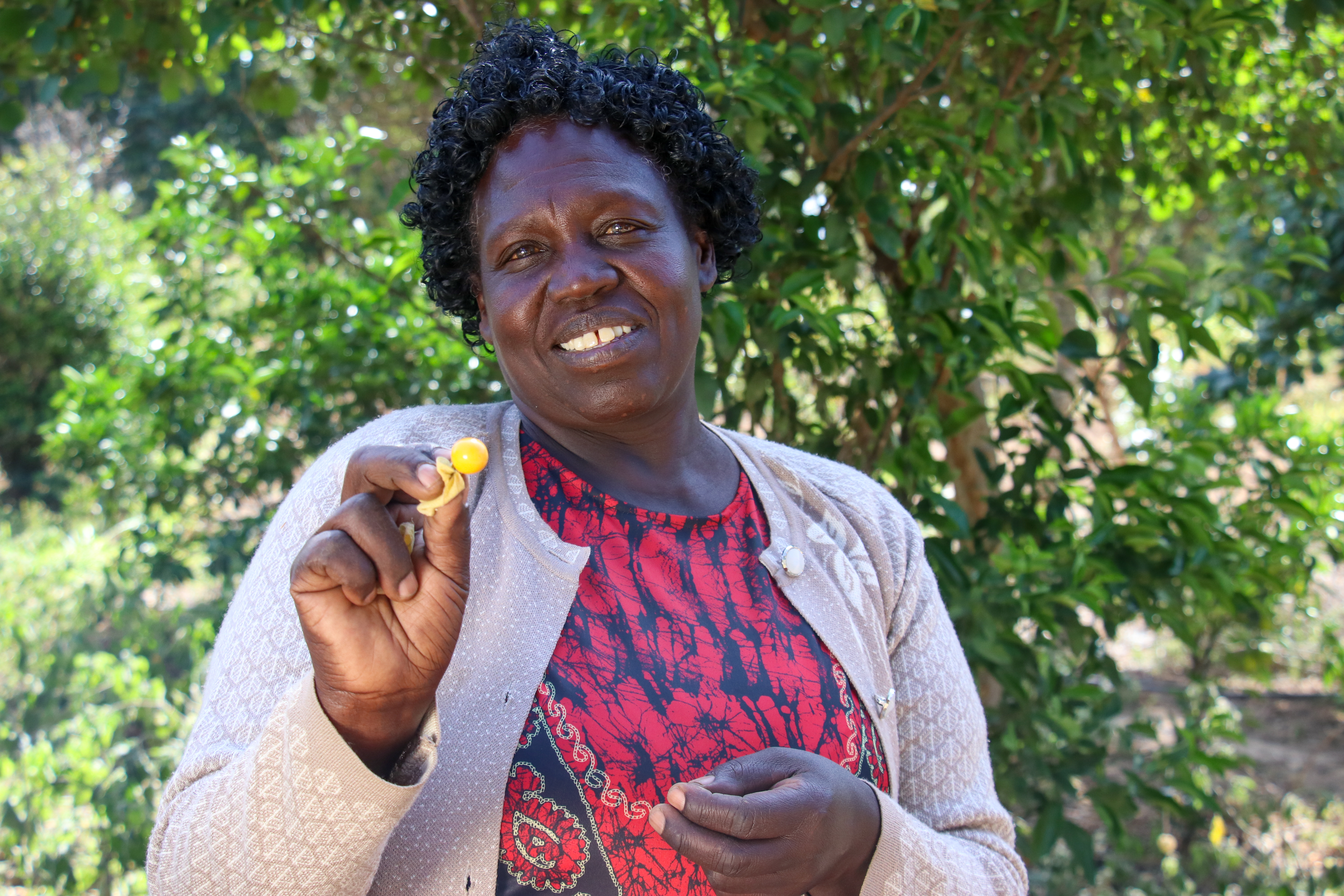A climate smart approach to drought in Kenya’s arid lands
Date:
The climate in Kenya’s arid and semi-arid lands (ASAL) is changing, as prolonged droughts reduce the region’s agriculture and livestock production. Climate smart adaptations to farming are now building women’s resilience to climate shocks in the region, a precursor for protecting food security, water security and livelihoods.

“Before I returned [home], my mother was farming the ordinary way, growing maize and beans. In 2020, the drought dried out all the crops,” explains Julia Nyambura. In 2020 she returned to her family farm in Laikipia, in Kenya’s North Rift Valley region. “In 2021, the same thing happened, we got nothing. We planted and everything dried up. Before crops dry, elephants can also come and destroy everything and you’re back to zero.”
Laikipia is one of 23 counties considered prone to drought, according to Kenya’s National Drought Management Authority (NDMA). Its ASALs makes up over 80 per cent of the country’s land mass, equating to over 2 million severely food-insecure people in 2021. Moses Njagi has been working for the Ministry of Agriculture for more than 30 years and has seen significant changes in Laikipia.
“From 1983, when I started this work, the seasons were quite stable, now they are not. The rains have reduced or come at different times. It comes within a short time, leading to a prolonged dry spell. When you look at communities in ASALs, they are limited with resources and there is less funding. When we look at funds for water harvest and distribution, they are quite expensive. Literacy levels and knowledge of these techniques are also quite low. Capacity building should be given a high priority.”
Nyambura, chair of a local self-help group for farmers in her community, is not wasting time in taking the quarter-acre farm in a new direction. She has installed a water harvesting system, diversified her crops including the addition of non-edible crops – a type of germanium used in commercial cosmetic production – that are not sought after by elephants. She has also invested in new poultry species to boost profit for the farm.

“I want to learn more about feeding and vaccines. I’m currently doing it from my own knowledge but there are ways to increase production. It can be difficult to raise them. Next steps for me are to add more chickens. I want to get up to 300. The geraniums can support the feed for the chickens and the egg production will support our family.”

Anne Waweru, 65, is another Laikipia farmer excelling in climate smart agriculture adaptations. The farm she and her husband own now includes more than four acres, containing an abundance of fruits, vegetables, maize and legumes produced all year round.
“The reason I have such a variety of crops is because this area is arid. Some crops are resistant and will survive, some die. Whenever I go for an education visit to a farm, my secret is to always take some ideas, try new crops or new techniques. People have come from Mumias [Western Kenya], Kilifi [Kenya’s coastal region] even India, seeking my advice.”
Despite gaining a reputation for her success, local attitudes are hard to change. Waweru explains, “usually the neighbours don’t like it. They don’t come for the education. They only want to come to meetings for money or free lunch. They have a negative way of thinking.”
Anne does not consider herself a commercial farmer, but she and her fellow community members’ motto is “have more than enough.” Despite being the main producers of food, women in Kenya’s agriculture sector own fewer assets and have less access to land, inputs, financial services than men. Anne and Julia demonstrate the successes that can be achieved when women are empowered to adapt in the face of increasing pressures brought by climate change.
With the support of the Korean International Cooperation Agency (KOICA), UN Women is working in partnership with the Food and Agriculture Organisation in three of Kenya’s ASAL counties. By 2023, the project aims to reach over 2,400 women farmers with modern techniques to handle drought and strengthen value chain addition in the country’s agriculture industry.